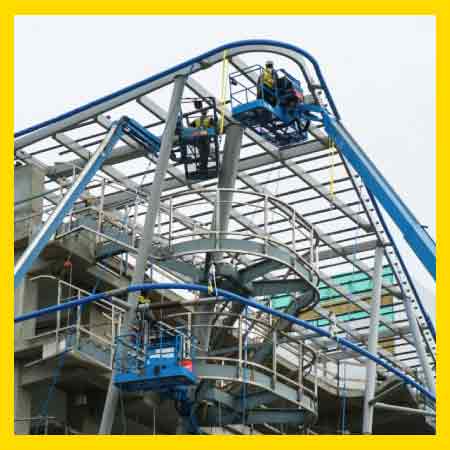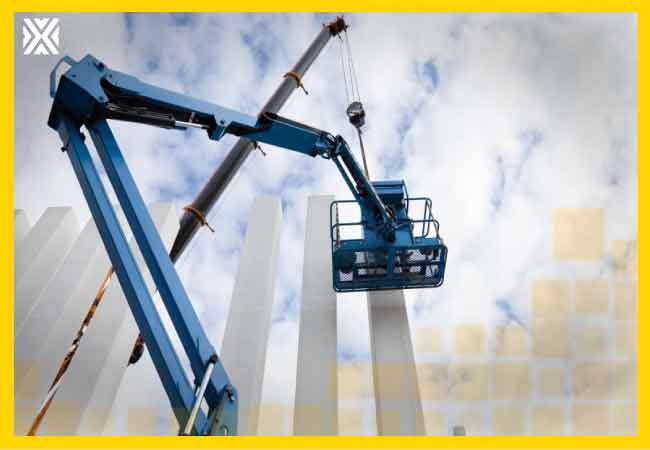Currency
November 16, 2019

Fundamental elements of fall prevention
Working at height remains one of the biggest causes of occupational fatalities and major injuries. Cases commonly involve over-reaching, over-balancing or the failure of a fragile surface. Falls from height can also be due to unguarded holes in floors such as hatchways, inspection holes and pits, and from falls into process tanks and machinery.
Falls from Height Risk Assessment Guide
Other significant hazards associated with working at height include falling objects and the potential for a working platform to collapse or overturn as well as contact with overhead electrical services.
The exact height at which employers have to implement controls will vary from country to country, but generally, work at height can be taken to mean any work where, if there are no precautions in place, a person could fall a distance liable to cause personal injury (through a fragile roof, for example). It should be remembered that access and egress to a workplace could also constitute working at height.
Workers in maintenance and construction are particularly at risk, but many other people in a variety of jobs could also be at risk of falling from height. Such professions include: painters, decorators and window cleaners and those who carry out ad hoc work without proper training, planning or equipment.

“working at height remains one of the biggest causes of occupational fatalities and major injuries”
Whatever the task, any working at height needs to be planned in advance, with careful consideration given to the selection and use of work equipment and means of escape in an emergency.
When it’s unavoidable
Work at height (where unavoidable) should preferably be carried out from the safety of a platform with suitable edge protection in place, but sometimes this may not be possible. In such situations, a ladder may have to be used; however, ladders are best used only as a means of gaining access to and from a workplace. They should only be used at a workplace for light work of short duration and only after careful hazard identification, risk analysis and planning.
If a fall from height does occur, the consequences will depend on many factors such as the distance fallen, the nature of the surface landed on, how the person lands and the age and health of the individual. The severity of the injury is increased for example, when the fall is into the path of a moving vehicle (or machinery) or into a tank which contains a hazardous substance.
Hierarchy of control measures
When planning any activities which may involve working at height, the following hierarchy of control measures should be considered:
Where possible, working at height should be avoided, usually by carrying out tasks from the ground. Some practical examples include using extendable tools to remove the need to climb a ladder. Other examples include the installation of cables at ground level, lowering a lighting rig to ground level or assembly of edge protection on the ground.
A safe place of work
Where work at height cannot be avoided, an existing safe place of work should be used. These workplaces (and means of access or egress) should:
For example, an existing flat roof with permanent edge protection may be used for work at height activities.
When carrying out such roof work, fragile surfaces present a significant risk – no person should pass or work on or near to a fragile surface unless it is not reasonable to carry out the work elsewhere.
Where it isn’t reasonable to avoid work on or near a fragile surface:
Suitable protection, such as platforms, coverings, crawling boards or guardrails, must be provided
Where this is not practicable, measures should be taken to minimise the distance and consequence of any fall, e.g. fall arrest systems, safety nets and air bags









